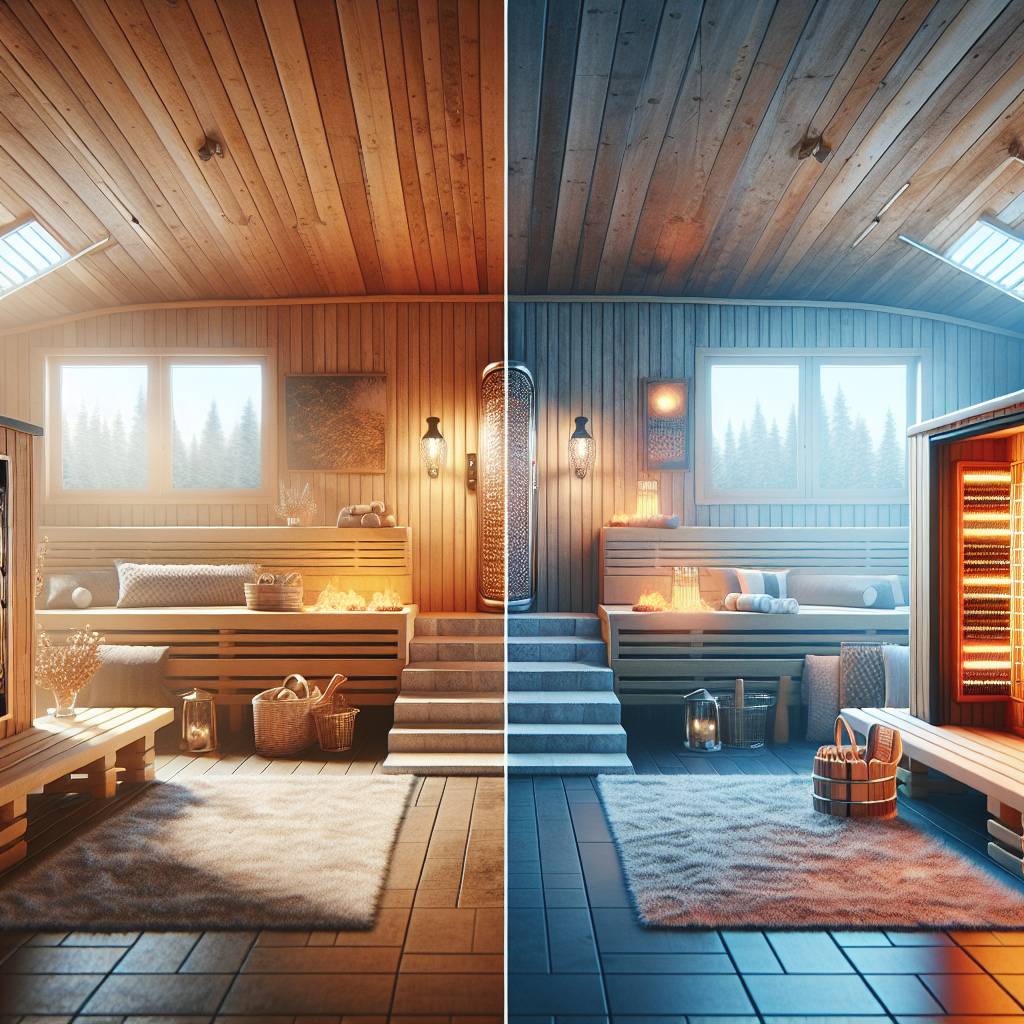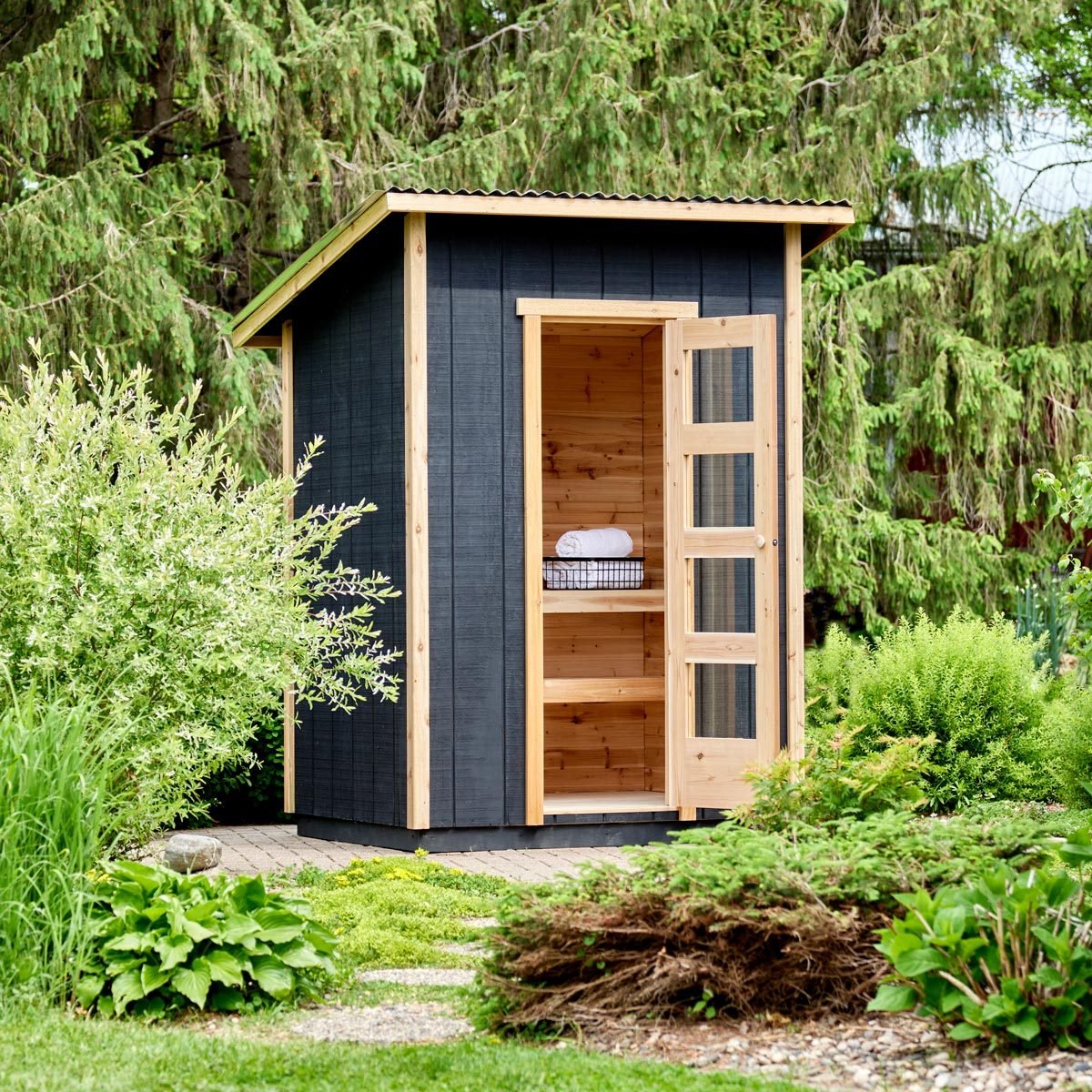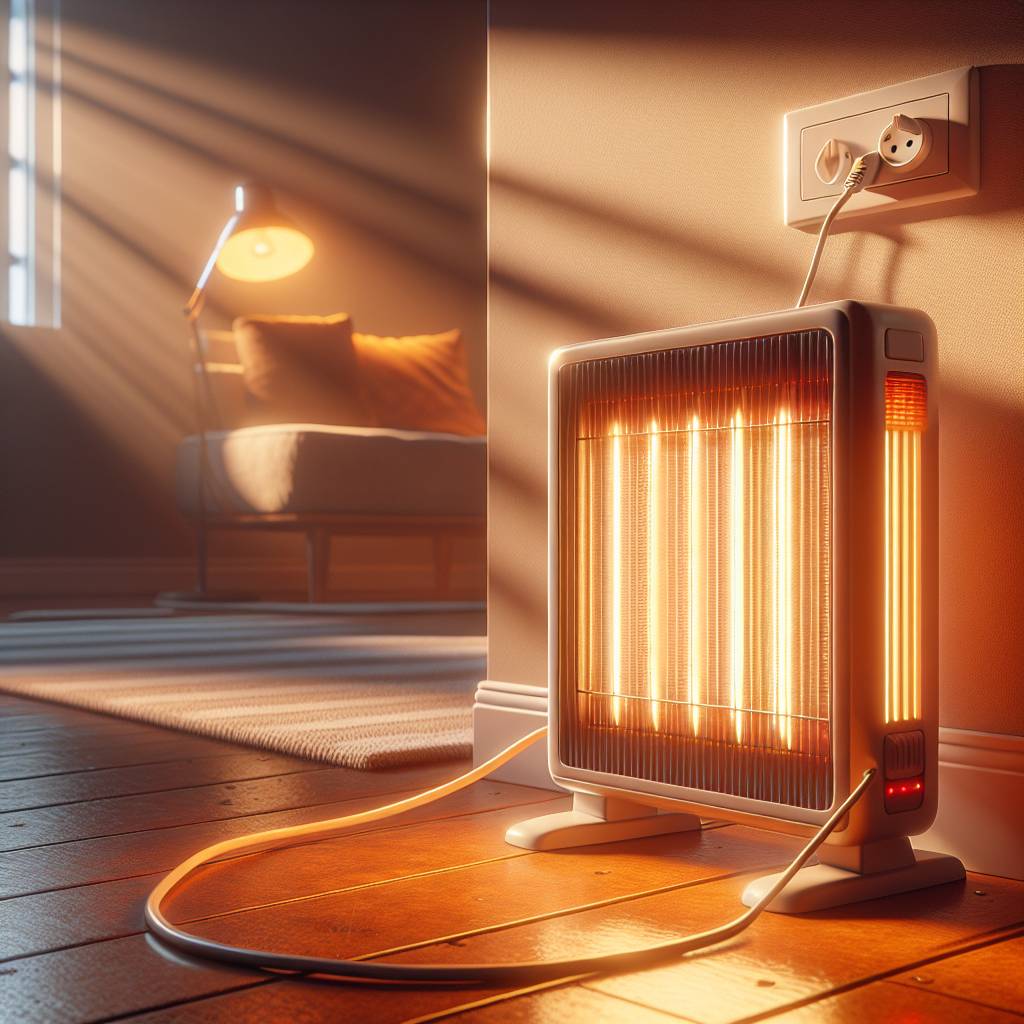Exploring the realm of saunas unveils two popular contenders: electric saunas and infrared saunas. Understanding their differences is crucial for optimizing your sauna experience. While electric saunas use traditional heating methods with a heater, infrared saunas offer a modern twist by directly heating the body. The debate between these two types often centers on user experience, health benefits, and convenience. By delving into the nuances of each sauna type, you can make an informed decision that aligns with your preferences and wellness goals. Join us as we dissect the intricacies of electric and infrared saunas to help you navigate this heated dilemma effectively.
Key Takeaways
- Choose based on health needs: Consider your health goals when selecting between electric and infrared saunas.
- Prioritize convenience: Electric saunas offer quicker heating, while infrared saunas require less energy consumption.
- Personalize for optimal experience: Customize your sauna setup to enhance your relaxation and wellness routine.
- Regular maintenance is key: Ensure the longevity of your sauna by following proper cleaning and upkeep practices.
- Consult with professionals: Seek advice from sauna experts to make an informed decision tailored to your preferences and requirements.
- Balance between benefits and design: Find a sauna that not only fits your health objectives but also complements your space aesthetically.
Understanding Sauna Basics
Types of Saunas
Home saunas are typically smaller and designed for indoor use, offering convenience and privacy. Outdoor saunas, on the other hand, are larger and often found in backyard settings, providing a unique outdoor experience.
Pre Cut Saunas come in pre-built kits with pre-cut pieces for easy assembly, suitable for DIY enthusiasts. Modular Saunas offer more flexibility as they can be disassembled and moved to different locations.
Saunas utilize various heating types to create the desired heat levels. Traditional saunas commonly use electric heaters, wood-burning stoves, or gas heaters to generate heat, while infrared saunas rely on infrared panels to directly heat the body.
How Saunas Heat Up
Sauna heaters play a crucial role in heating up the sauna space efficiently. Electric sauna heaters are popular for their ease of use and quick heat production. Gas sauna heaters provide a consistent heat source, ideal for larger sauna rooms. Wood-burning sauna stoves offer a traditional and authentic sauna experience with aromatic wood scents.
Infrared saunas differ by using infrared panels that emit infrared light to directly heat the body instead of heating the air like traditional saunas. This method is known for its ability to penetrate deeper into the skin, providing a more intense sweat session for optimal sauna therapy experience.
When it comes to efficiency, infrared saunas are praised for their quick heat-up times and energy-efficient operation. Unlike traditional saunas that need time to warm up the air first, infrared saunas can produce heat instantly upon being turned on.
Key Differences Between Electric and Infrared Saunas
Heat Production Methods
Electric saunas rely on a traditional stove or heater to generate heat, while infrared saunas utilize infrared heaters. The infrared light emitted by these heaters is directly absorbed by the body, providing a unique heating experience. Compared to electric saunas, infrared saunas operate at lower temperatures, typically ranging between 120°F to 150°F, making them more energy-efficient.
User Experience in Heat
Users often describe traditional saunas as offering a dry heat, which can feel intense and immediate. On the other hand, infrared saunas provide a more gentle heat that is felt deeply within the body. While traditional saunas induce sweating quickly due to the high temperatures, infrared saunas offer a more gradual and comfortable heating process, promoting relaxation.
In traditional saunas, users may find themselves sweating profusely within minutes of entering the sauna due to the high temperatures. However, in infrared saunas, the heat penetrates deeply into the body tissues, inducing sweating at a cellular level. This deep penetration is believed to offer various health benefits beyond just detoxification.
Health Benefits Compared
Immune System Boost
Sauna sessions enhance the immune system by increasing white blood cell production, aiding in fighting off illnesses. Regular sauna use may reduce the risk of colds and flu by boosting immunity. Studies have shown that sauna bathing can improve overall well-being and immune function.
Health Perks Side by Side
- In traditional saunas, detoxification occurs through sweating, while infrared saunas use radiant heat to penetrate the skin more deeply.
- Claimed benefits of infrared saunas include deeper toxin removal due to the ability to heat the body at a cellular level.
- Infrared saunas are more energy-efficient as they directly heat the body instead of the air, reducing overall energy consumption.
Design and Installation Insights
Setting Up at Home
Installing and maintaining traditional saunas can be complex, requiring specific wiring and ventilation systems. The process often involves professional help due to its intricate design.
Infrared saunas, on the other hand, offer ease of installation and maintenance. They typically come as pre-fabricated units that can be easily assembled without the need for specialized wiring.
When setting up a home sauna, traditional saunas usually require more space due to their larger size and ventilation needs. In contrast, infrared saunas are more compact and versatile, fitting into smaller areas with minimal requirements.
Outdoor Options Explored
Outdoor saunas present various design possibilities, ranging from rustic cabins to modern structures. Heating options include wood-burning stoves or electric heaters, catering to different preferences.
Customization features for outdoor saunas allow for personalized touches, such as choosing the type of wood, interior layout, and additional amenities like outdoor showers or changing rooms.
Considerations for installing an outdoor sauna include proper insulation to withstand varying weather conditions and ensuring adequate ventilation for safe operation. Factors like privacy, accessibility, and landscaping integration play crucial roles in the overall design.
Personalizing Your Sauna Journey
Selecting the Right Sauna
When deciding between electric sauna and infrared sauna, consider factors like heat distribution, energy efficiency, and health benefits. Your choice should align with your sauna therapy goals and personal preferences. For an authentic sauna experience, traditional saunas offer high heat levels and steam, while infrared saunas provide a milder heat that penetrates the skin.
To select the optimal sauna for you, think about your desired sauna session length and how often you plan to use it. Traditional saunas are ideal for those who enjoy high temperatures and occasional sauna treatments. In contrast, infrared saunas suit individuals seeking a more gentle heat for frequent sauna sessions.
Consider your space constraints when choosing between an indoor electric sauna or an infrared model. Traditional saunas require more room due to their heating systems, while infrared saunas are more compact and can be easily integrated into smaller spaces. Ultimately, the decision between the two types of saunas should reflect your personal preferences and wellness objectives.
Design Tips for Home Saunas
When creating a home sauna, focus on establishing a tranquil atmosphere conducive to relaxation and rejuvenation. Adequate ventilation is crucial to ensure proper air circulation and prevent excess moisture buildup. Incorporating windows or a ventilation system will help maintain a comfortable environment during your sauna sessions.
Lighting plays a significant role in setting the mood in your home sauna. Consider installing dimmable lights or LED strips to create an ambiance that promotes relaxation. Soft, warm lighting can enhance the overall sauna experience and contribute to a sense of calmness and well-being.
Optimize the layout of your home sauna by arranging seating areas strategically to maximize comfort and functionality. Adding elements like wooden benches, aromatic oils, and soft towels can elevate the ambiance of your sauna space. Personalize the decor with plants or natural elements to create a soothing environment that enhances your overall wellness routine.
Maintenance and Upkeep
Care Tips for Longevity
To maintain your sauna’s optimal performance, ensure proper circulation by regularly cleaning the vents and filters. Light usage can prolong the lifespan of sauna heaters, so avoid leaving them on unnecessarily.
Regular cleaning is crucial for preventing mold and bacteria growth in saunas. Use gentle cleaners to wipe down surfaces and remove any residue to maintain a hygienic environment.
Ensuring the durability of sauna components involves checking for loose fittings or damaged parts regularly. Monitor the condition of the sauna door seals and replace them if necessary to prevent heat loss.
Hydration and Safety
Staying hydrated during sauna sessions is essential to prevent dehydration. Drink water before and after using the sauna to replenish lost fluids and regulate body temperature.
Safety measures such as setting a timer for sauna sessions and avoiding alcohol consumption before saunas are crucial for preventing accidents. Follow manufacturer guidelines on safe usage to avoid overheating or burns.
Knowing your limits and recognizing signs of overheating, such as dizziness or nausea, is crucial for ensuring a safe sauna experience. Listen to your body and exit the sauna if you feel unwell to prevent heat-related injuries.
Making the Choice
Factors to Consider
When deciding between an electric sauna and an infrared sauna, personal preference plays a crucial role. Consider which type aligns better with your relaxation needs.
For space requirements, traditional electric saunas typically need more room due to their larger size and ventilation needs. In contrast, infrared saunas are compact and can fit into smaller spaces.
Budget considerations are significant when investing in a sauna. Electric saunas are generally more expensive upfront due to their complex heating systems, while infrared saunas are more energy-efficient, resulting in lower long-term costs.
- Pros and Cons:
- Electric Sauna: Offers higher temperatures for a traditional sauna experience but consumes more energy.
- Infrared Sauna: Operates at lower temperatures, making it more energy-efficient and cost-effective.
Final Recommendations
Comparing electric saunas and infrared saunas, both offer unique benefits. Electric saunas provide intense heat suitable for those seeking a classic sauna experience. On the other hand, infrared saunas emit gentle heat that penetrates the body more effectively.
In terms of user experience, individuals looking for quick heat therapy may prefer electric saunas, while those focused on detoxification might find infrared saunas more beneficial.
- Key Points:
- Electric Sauna: Ideal for high-temperature enthusiasts but comes with higher energy consumption.
- Infrared Sauna: Energy-efficient option with gentle heat for effective body penetration.
Summary
You’ve delved into the world of electric and infrared saunas, understanding their differences, benefits, design aspects, personalization options, maintenance needs, and decision-making factors. By now, you’re equipped with the knowledge to make an informed choice based on your preferences and requirements. Whether you prioritize quick heat-up times, energy efficiency, specific health benefits, or ease of installation, your sauna experience can now be tailored to suit your needs perfectly.
Now that you’re well-versed in the realm of saunas, it’s time to take the next step. Consider your priorities, weigh the pros and cons outlined here, and embark on your sauna journey with confidence. Your enhanced understanding will not only elevate your well-being but also ensure that your chosen sauna aligns seamlessly with your lifestyle. Enjoy the warmth and relaxation that awaits you in your selected sauna oasis!
Frequently Asked Questions
What are the fundamental differences between electric and infrared saunas?
Electric saunas use traditional heating elements to warm the air, while infrared saunas utilize infrared light to heat objects directly. Electric saunas heat the air around you, while infrared saunas heat your body directly at lower temperatures.
Which type of sauna, electric or infrared, offers better health benefits?
Both types offer health benefits such as detoxification, relaxation, and improved circulation. Electric saunas may provide a more intense heat experience for some users, while infrared saunas are praised for their ability to penetrate deeper into the skin for detoxification.
How does the design and installation of electric saunas differ from infrared saunas?
Electric saunas typically require more space due to the heating elements and insulation needed. Infrared saunas are often more compact and easier to install since they do not need as much ventilation or special electrical requirements.
Is it possible to personalize my sauna experience with both electric and infrared options?
Yes, both types of saunas offer customization options such as adding aromatherapy, chromotherapy lights, or sound systems. You can tailor your sauna experience by adjusting the temperature, humidity levels, and session duration to suit your preferences.
What maintenance practices are essential for keeping electric and infrared saunas in top condition?
Regular cleaning of both types of saunas is crucial to prevent bacteria growth and maintain optimal performance. For electric saunas, check heating elements periodically; for infrared saunas, ensure the panels are functioning correctly. Follow manufacturer guidelines for upkeep.






